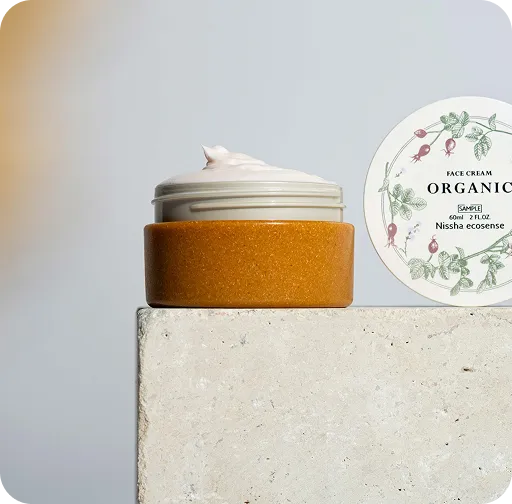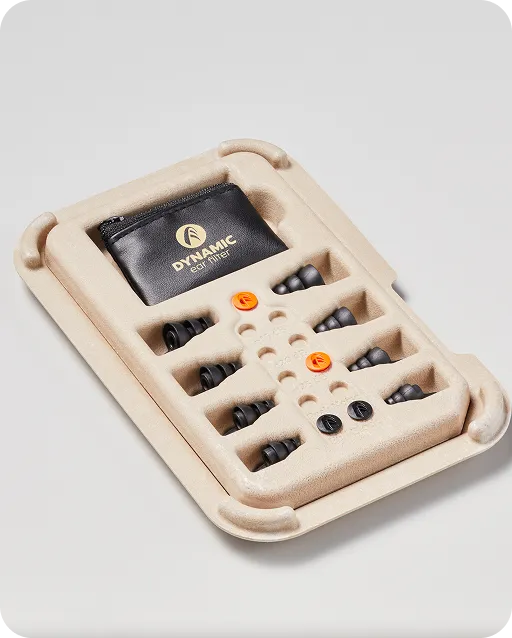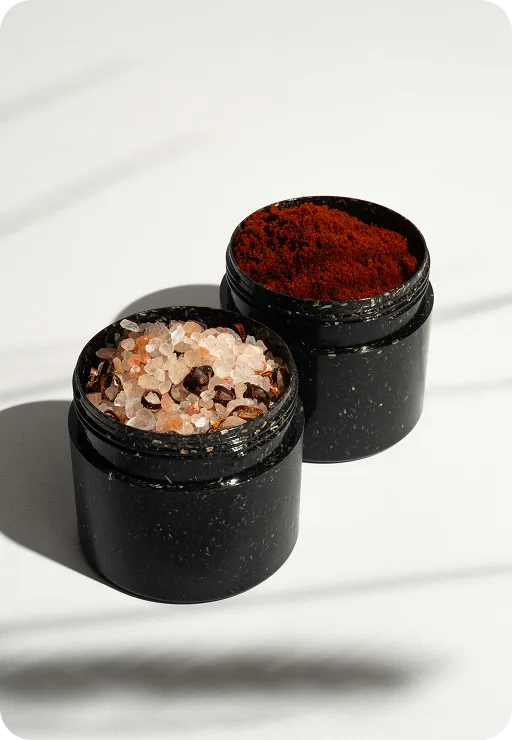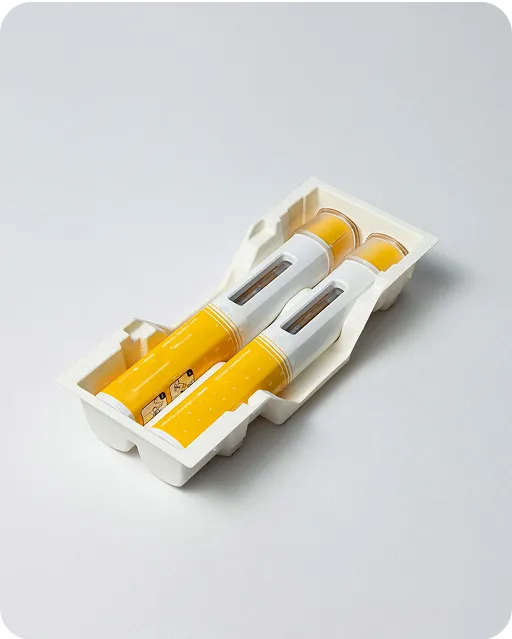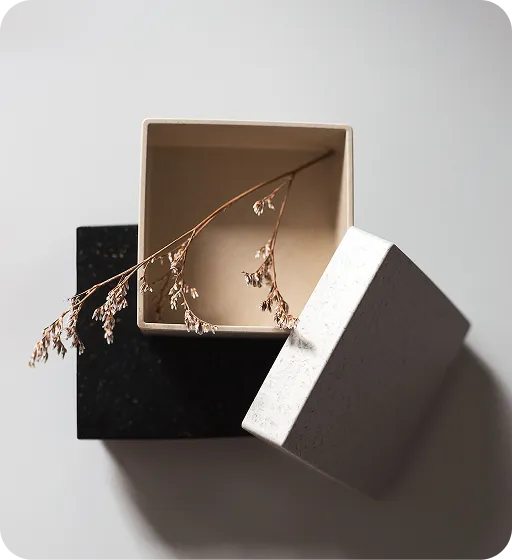Tailored Packaging Solutions, Just for You

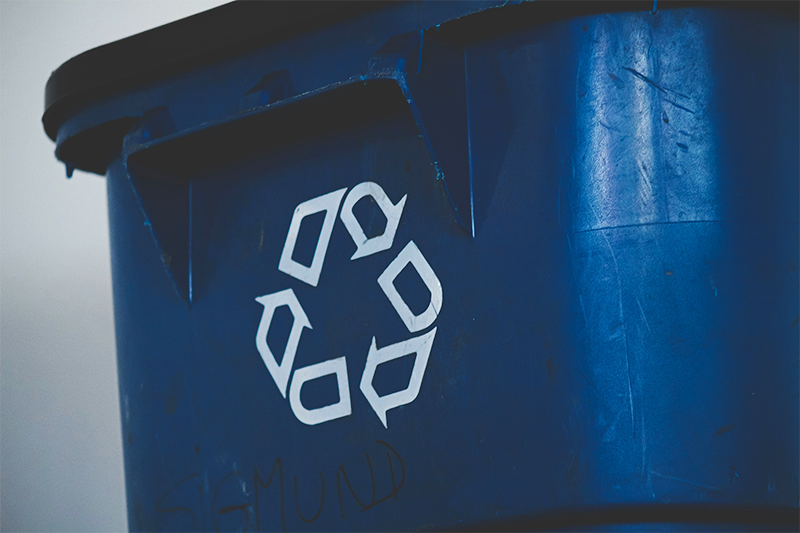
Packaging has been part of human life for thousands of years. Early civilizations used natural materials like leaves, animal skins, and clay to protect and carry goods.
Tailored Packaging Solutions, Just for You

Packaging has been part of human life for thousands of years. Early civilizations used natural materials like leaves, animal skins, and clay to protect and carry goods.
But as the world evolved, so did our packaging. During the Industrial Revolution, materials like paper, glass, metal, and especially plastic were introduced, making products easier to store, transport, and sell on a massive scale.
However, this convenience comes at a heavy price. Today, packaging waste accounts for a huge share of global pollution, choking landfills and oceans alike. The scale of this problem is forcing a crucial shift in the industry.
In this article, we’ll explore the top eco-friendly packaging trends driving change in 2025, and what they mean for businesses and the environment.
Eco-friendly packaging means using materials and designs that reduce environmental harm throughout their entire life cycle.
This includes lowering waste, improving recyclability or compostability, and often using renewable or recycled content.
Why does this matter? Packaging accounts for nearly half of all plastic waste worldwide, many of which linger in the environment for centuries. Adopting eco-friendly packaging is essential to break this cycle and move toward a circular economy where materials are reused rather than discarded.
In 2025, these eco-friendly packaging trends are becoming standard practice. From innovative materials to smarter designs, eco-friendly packaging is shaping the future of how products reach us, and how we protect our planet.

The shift toward sustainable packaging is no accident. Businesses are responding to three powerful forces reshaping the market.
The reusable packaging market is booming. According to Global Market Insights Inc., it is projected to surpass it is projected to surpass USD 214.3 billion by 2032.
This surge reflects not only rising environmental awareness but also the growing economic opportunity companies see in durable, refillable, and recyclable packaging models.
Businesses recognize that investing in reusable packaging isn’t just good for the planet, it’s smart for growth.
Today’s consumers want packaging that’s:
Eco-friendly packaging should tick all these boxes However, some solutions fall short, which is why it’s crucial for brands to choose their packaging carefully to ensure it delivers on every point.
This way, your brand meets customer expectations while reducing its environmental footprint.
Regulations are tightening worldwide to cut packaging waste and promote a circular economy, where materials are reused or recycled instead of discarded.
The European Union’s and Packaging Waste Regulation (PPWR) is a key example, enforcing stricter rules on recyclability, waste reduction, and design.
Meanwhile, 4evergreen, a consortium focused on paper packaging recycling, supports the establishment of a new proposal for a protocol on paper recyclability, collaborating with key stakeholders in the paper-based packaging industry.
These combined pressures push companies to prioritize sustainability or risk falling behind in an increasingly eco-conscious market.
Reusable packaging is gaining momentum across many industries, from logistics to food service.
Multi-use solutions such as reusable pallets, totes, and containers are making a significant impact by cutting down the reliance on disposable packaging – reducing waste and saving costs in the process.
Upcycling is turning industrial byproducts and organic waste into valuable packaging materials.
Common sources include agricultural waste like coffee grounds, wheat husks, and banana stems, all repurposed to create sustainable packaging that would otherwise go to landfill.
Bioplastics derived from natural sources are becoming increasingly popular as base materials for packaging. Common bio-based plastics include PLA, PHA, and bio-based PE (polyethylene).
Some bio-based materials, such as PLA and PHA, are also biodegradable, meaning they can break down naturally under specific conditions. This can significantly reduce environmental impact at the end of their life cycle.
The key benefit? Using bioplastics helps lower the carbon footprint throughout the entire product life cycle, making them a smart choice for sustainable packaging.
However, to claim compostability, bio-based packaging must meet strict test protocols and certifications such as TÜV OK Compost Home, TÜV OK Compost Industrial and the EN 13432 standard for industrial compostability.
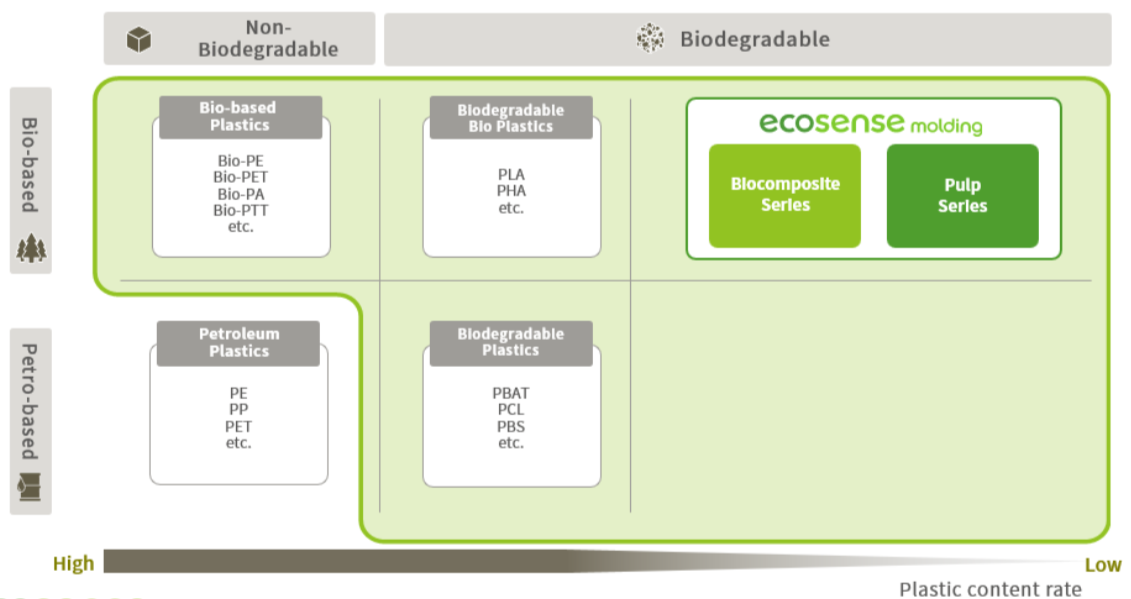
Nissha offers a variety of products made from bio-based materials, including:
Zero-waste designs are a key eco-friendly packaging trend driving change in 2025.
This approach focuses on eliminating excess materials and waste throughout the product’s lifecycle. The goal is to use only what’s necessary – no more, no less.
A key part of this approach is lightweight packaging, which reduces the amount of raw material needed. This not only lowers costs but also cuts carbon emissions, especially during transportation.
For example, Nissha’s Pulp-Injection technology offers packaging that is up to 40% lighter than conventional PET materials. Thanks to its thin walls and flexible design, Pulp-Injection trays also reduce packaging volume by up to 40% compared to conventional folded cardboard boxes, demonstrating how smart engineering cuts waste without compromising strength.
Minimalistic designs are another way to reduce waste, by eliminating unnecessary layers, reducing bulk, and simplifying structure. This not only saves material, but also enhances usability and shelf appeal.
A great example is the Sulapac® 50ml jar, which uses significantly less material than traditional bulky glass jars, helping reduce waste without sacrificing quality or design.
Mono-material packaging eliminates the complexity of mixing different materials in one product. The biggest advantage is simplifying waste sorting for consumers and recycling facilities.
For instance, packaging made entirely from recyclable PET or cardboard means consumers don’t need to separate plastic films from paper trays. They can simply place the packaging into the relevant recycling bin. This streamlined approach increases recycling rates and reduces contamination in the waste stream.
Born in Finland in 2016, Sulapac was created with a clear mission: to save our planet from plastic waste.
This revolutionary material is made from a unique blend of plant-based binders combined with bio-based materials like wood chips and mineral clay. Sulapac serves as a sustainable alternative to traditional petroleum-based plastics, boasting a low carbon footprint and full industrial compostability.
Its circular resource design supports a closed-loop economy, and it is certified food-safe under EU regulations (EU Framework Regulation 1935/2004, EU 10/2011).
Thanks to strategic global partnerships (such as with Nissha), ready-made Sulapac products are available worldwide, delivering not only eco-friendliness but also a beautiful look and feel for premium packaging applications.
Learn more about our Sulapac® products.

Pulp-based products offer a compelling eco-friendly alternative to traditional plastic packaging by leveraging bio-based materials, with pulp at the forefront. These materials are particularly well-suited for packaging, combining biodegradability with the natural texture and appeal of paper.
Nissha’s Pulp Series uses advanced injection molding and material technologies to create packaging components that highlight the unique tactile qualities of pulp.
Products like Pulp-Injection, PaperFoam® and Fiber-Forming showcase how pulp-based products can be formed into versatile, biodegradable packaging solutions that fit circular resource models.
Mycelium (the root structure of fungi) is gaining attention as an innovative, biodegradable packaging material. Grown from agricultural waste combined with fungal mycelium, it’s a sustainable alternative to Styrofoam.
Mycelium packaging is especially ideal for protective packaging and insulation, offering natural cushioning without the environmental baggage.
Seaweed’s rapid growth and carbon sequestration abilities make it a promising eco-friendly packaging material. It’s biodegradable, edible, and renewable, often used for single-use packaging like food wrappers, sachets, and drink capsules.
Seaweed packaging combines sustainability with functionality, addressing multiple environmental concerns.
Edible packaging is crafted from food-grade ingredients such as rice, seaweed, or starch. It’s primarily used for single-serve products like sauces, seasonings, and innovative water pods.
This packaging not only reduces waste but also offers a novel, zero-residue solution for convenience and sustainability.
The industry is grappling with excessive plastic waste and a growing demand from eco-conscious consumers for sustainable packaging for cosmetics. Customers increasingly expect packaging to reflect the values of the products inside: natural, premium, and planet-friendly.
Nissha’s partnership with Forest Spa Finland shows how beauty brands are moving the needle. For their new facial moisturiser, Forest Spa opted for a 50ml Sulapac® jar (White/Universal) designed specifically for water-based products.
Having already trusted Sulapac for their supplement jars, Forest Spa saw Nissha’s new Sulapac® jar for water-based products as a natural next step in aligning their packaging with their brand ethos.
“The timeless and premium finish, combined with its sustainability aspects, made it an easy choice for us.” – Forest Spa Finland
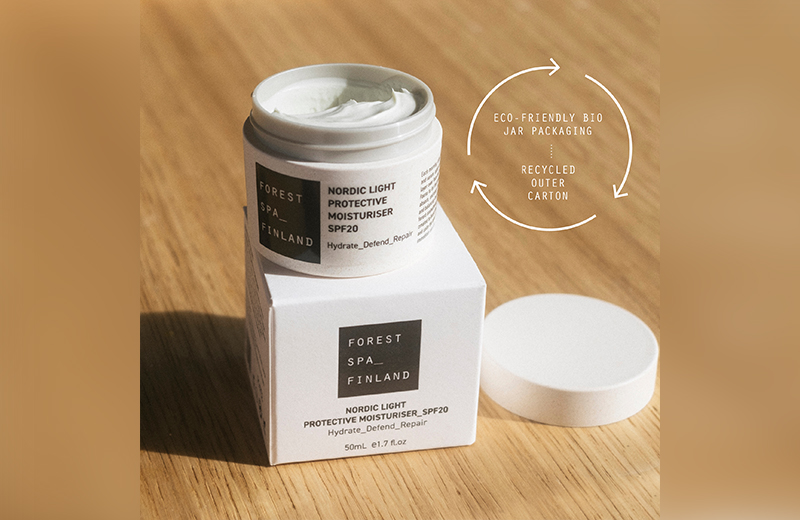
Pharmaceutical packaging must balance strict hygiene standards with growing sustainability demands. Plastic trays and blisters dominate the space, but they’re also among the hardest to recycle.
Enter Pulp-Injection technology, used by a big pharmaceutical company for their autoinjector tray. This packaging, made mainly from paper-based material, meets safety and performance standards while reducing plastic waste.
“Pulp-Injection can achieve accurate designs with thinner walls which allow us to realize user-centered designs.”
The tray not only supports eco goals but improves usability and aesthetics: two critical factors for pharmaceutical delivery systems.
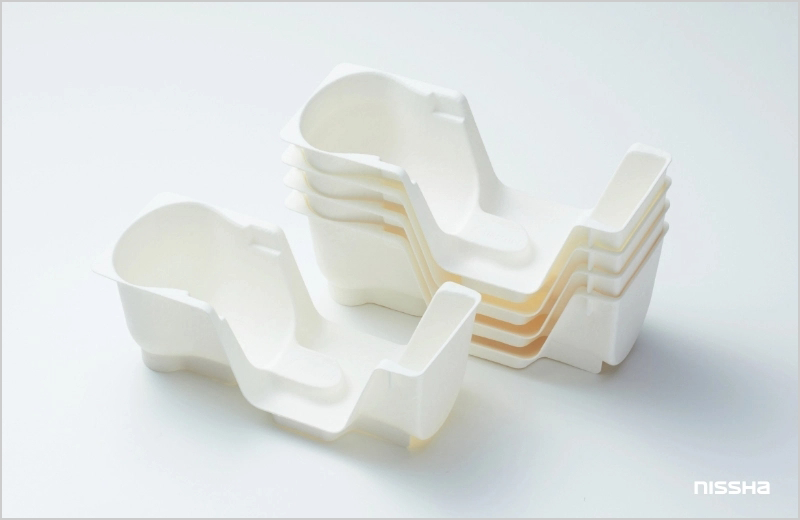
From excessive single-use plastics to food safety concerns, the food and beverage industry is under pressure to deliver eco-friendly packaging that protects products and the planet. Consumers expect more than shelf appeal, they want sustainable impact too.
Beatriz Larrea Nutrición, a wellness brand selling dietary supplements online, chose Sulapac® 200ml jars (Black/Universal) for its capsules. These jars offer a high-quality look, durability for shipping, and crucially, avoid the use of plastic.
Beatriz Larrea Nutrición, a wellness brand selling dietary supplements online, chose Sulapac® 200ml jars (Black/Universal) for its capsules. These jars offer a high-quality look, durability for shipping, and crucially, avoid the use of plastic.
“Sulapac® is perfect for our capsules because it has great, high quality look and sustainability.” – Beatriz Larrea
By switching to Sulapac, the brand found a solution that balances aesthetics, practicality, and environmental responsibility.
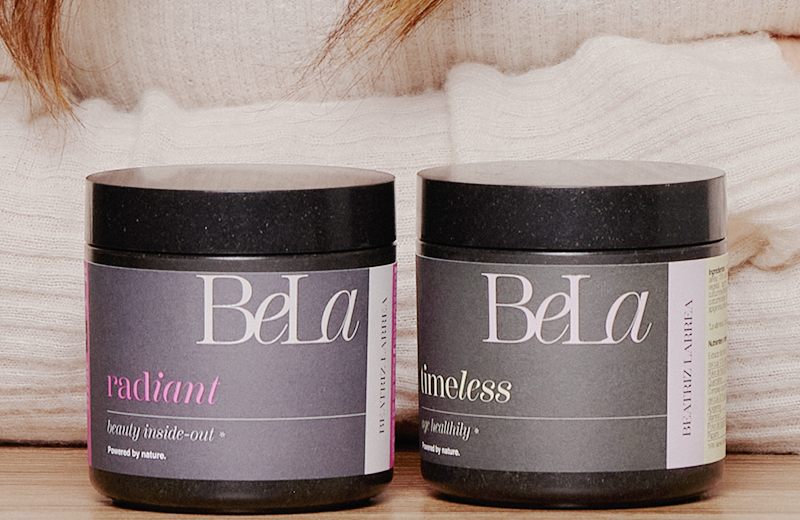
Eco-friendly packaging is no longer just an option, it’s a business imperative shaping the future of the industry.
From reusable innovations and upcycled materials to biodegradable bioplastics and zero-waste designs, these top trends for 2025 highlight how sustainability and innovation go hand in hand.
Embracing these trends not only reduces environmental impact but also meets rising consumer expectations and regulatory demands, helping your brand stand out in a crowded market.
Ready to take your packaging to the next level with sustainable solutions? Contact us today to explore how cutting-edge materials and designs can future-proof your brand while protecting the planet.

We here at Nissha will support you every step of the way!

